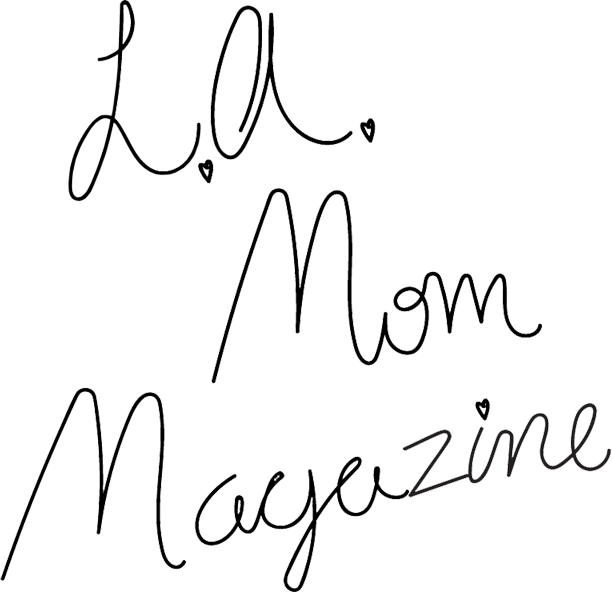By Dr. P. Benjamin Nikravesh DPM, DABPOPPM, DABPS
A bunion is a bump you notice on the side of your foot. Iit is most noticeable in women due to pain from shoe gear. What you see is a physical dislocation of the bone, which eventually causes the big toe to drift towards the second toe. As the bunion gets worse the big toe eventually touches or goes under the second toe. .
As you can imagine, you don’t wake up one day and see a large bunion, it’s a progressive disorder which takes years to develop.
A bunion is caused by a few factors : genetics (thank you mom, dad, grandparents) and the mechanics of your feet. Flat feet, for example, create out of alignment problems.
“Ouch it hurts,” is a common complaint form patients with bunions. The most common reasons bunions hurt are because of those lovely high heeled shoes ladies like to wear. The higher the heel, the worse the pain. Standing for long periods of time, sports which utilizes the first metetarso-phalangeal joint (the big toe joint), built up of calluses due to the bunion, bursitis (inflammation from pressure on the bunion) and painful numbness (neuritis)-damage to the nerve due to tight shoes.
The diagnosis of bunions is very easy, just visit your podiatric surgeon and he/she will be able to tell by looking at your feet. The degree of the deformity, however, can only be assessed by taking an x-ray, which is usually done in the office. Treatment is determined by the severity of the bunions and the associated symptoms.
If the bunion is small and painful the treatment is very simple. Orthotics is an easy solution, but please make sure this is done by a board certified podiatrist, not at a store.
You can also decrease standing or activities that cause bunion pain, put a pad around the bunion (this sometimes causes more pain as it makes shoes tighter, use anti-inflammatory medications, icing (the best remedy), injections or simply wear wider shoes and lower those heels!
Keep in mind that since the bunion is a bony deformity, surgery is the only way to make the toe straight. All of the the above suggestions are only for symptomatic relief. It is best to have surgery early before the bunion starts touching the second toe and thus dislocates toes 2,3,4, or before the big toe goes under the second toe and causes the second mpj to dislocate.
Healing for such a procedure, if done early, is very quick and you can go back to tennis shoes and custom orthotics in approximately 3 weeks. Of course some of you are saying what about the scar. When the incision is closed with a running subcuticular suture the scar is barely visible and you will be bunion free.
Dr. Nik’s Foot & Ankle Center is located in Los Angeles. Dr. Nikravesh is Double Board Certified and specializes in surgery and orthodics.
